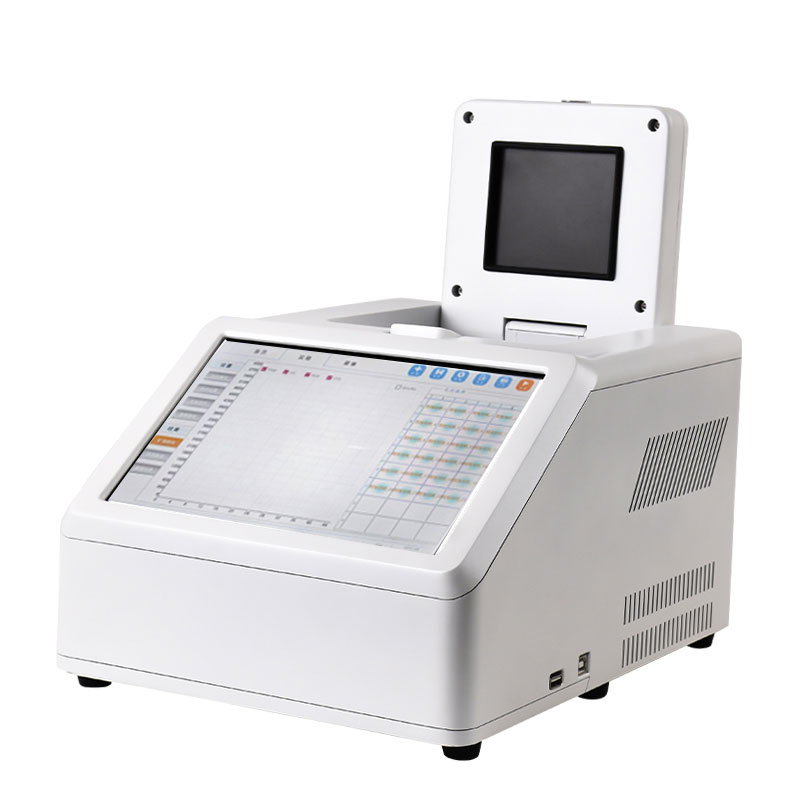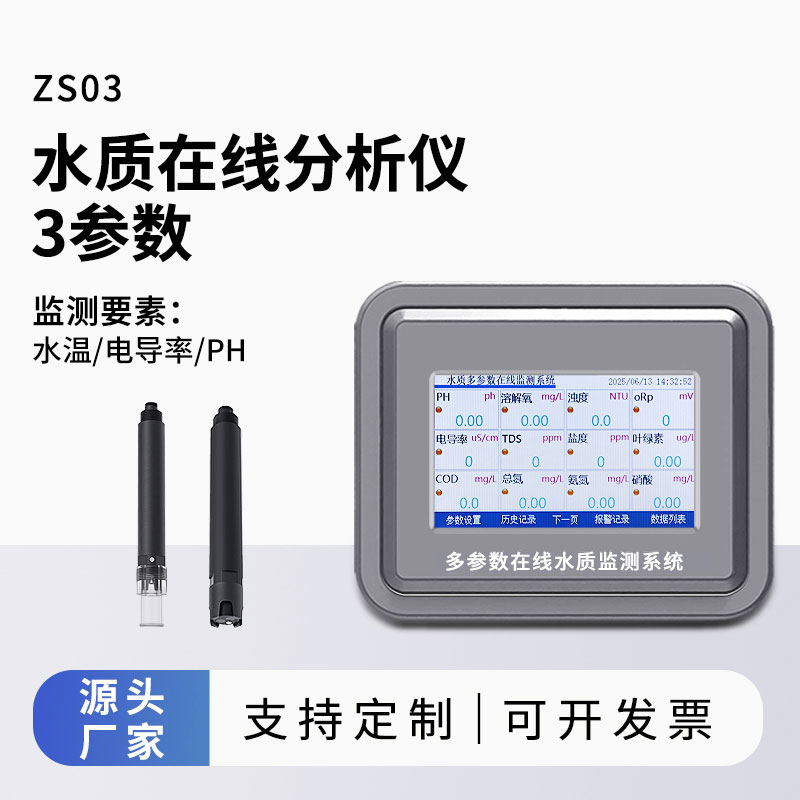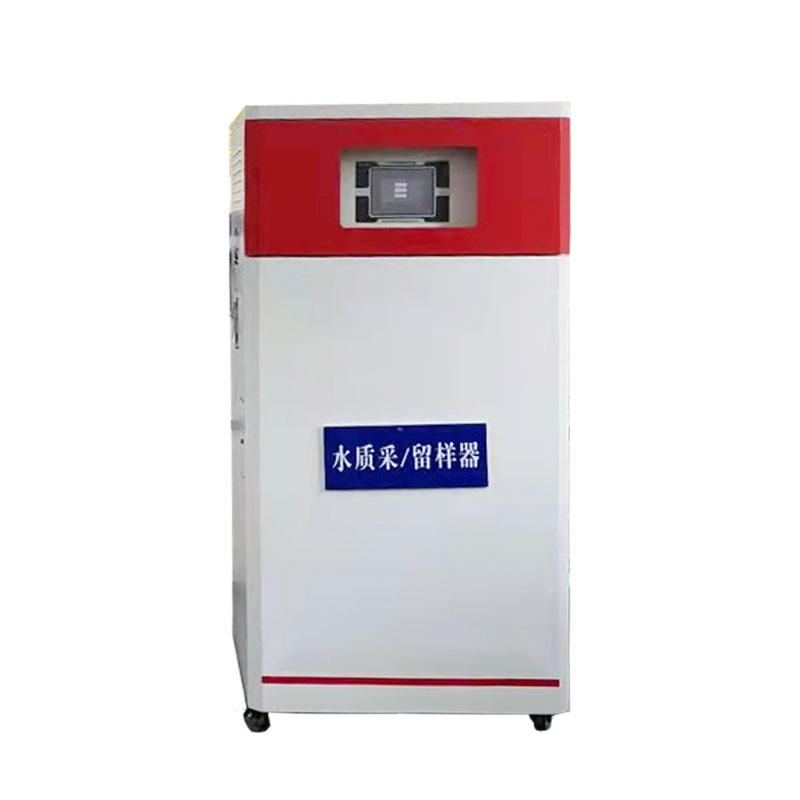Product Center
-
Hydrological equipment monitoring station
-
Water Quality Monitor Sensor
-
Plant protection equipment
-
Food Testing Equipment
- Locust online monitoring station utilizes light-attracting and sex-attracting technologies to control locusts
- Buoy-based water quality monitoring brands Fengtu
- Integrated wireless meteorological and soil moisture monitoring station Provides an Integrated Soil Moisture, Temperature, and Conductivity Monitoring Solution
- Buoy-based online water quality monitoring equipment Real-time Monitoring of Multiple Water Quality Parameters
- What is Soil moisture conditions? The role of Soil moisture conditions monitoring in agricultural irrigation
- IoT Water Quality Monitoring Station Function and Components
Shandong Fengtu IOT Technology Co., Ltd
Sales Manager:Ms. Emily Wang
Tel, Whatsapp:+86 15898932201
Email:info@fengtutec.com
Add:No. 155 Optoelectronic Industry Accelerator, Gaoxin District, Weifang, Shandong, China
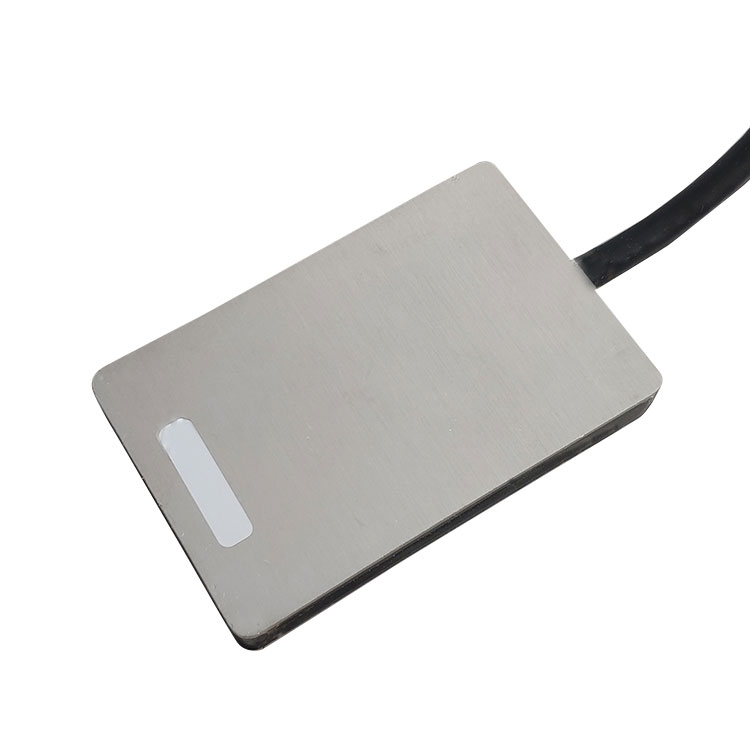
Soil heat flux sensor
Model:FT-TL1
Brand:fengtu
Related products
Product details
1.Soil heat flux sensor product overview
Soil heat flux sensor is used for heat flux measurements in soil and through walls and building envelopes, capturing heat transfer at the surface and at different depths.Soil heat flux sensor, also known as heat flux plate, soil heat flux plate, heat flux meter, etc., is an instrument used to measure heat flux and can be used for measurements inside the soil. It outputs in the form of voltage through a thermopile, and the voltage is proportional to the heat flux. It is easy to operate and is particularly suitable for measuring the thermal conductivity of soil and building walls and glass walls. The soil heat flux value is measured using a heat flux plate buried 2 cm in the soil. It changes with the seasons throughout the year. In summer, the soil heat flux is positive, and both heat enters the soil layer, and the value is large; in winter, the soil heat flux is negative, and the heat in the soil is released to the atmosphere, but the value is small.
2. Application scope of Soil heat flux sensor
This product can be widely used in environment, agriculture, forestry, planting, construction, and other fields.
3. Soil heat flux sensor technical parameters
Supply voltage: □12-24V □5V
Output signal: □Current type 4~20mA □0-2V □RS485 customized
Measuring range: -200 to 200 w/m2
Internal resistance less than 300Ω
Measurement accuracy: less than 5%
Heat flow calculation formula
Heat flow (w/m2) = coefficient (w*m-2/mv) * output (mv)
Working current: 12V power on about 26mA
4. Soil heat flux sensor features
1. Small size, fast and accurate measurement
2. Low power consumption design, adopting reasonable power consumption control mode
3. Stable performance
5. Soil heat flux sensor measurement method
1. Measurement method in soil
The plate surface should be perpendicular to the direction of heat flow and placed horizontally in the soil layer. The buried depth of the sensor is usually 3-10 cm from the natural underlying surface. It should be avoided to set it directly on the soil surface, because the natural underlying surface is not a geometric plane. The slight fluctuations on the surface will make the sensor reading lose its representativeness. At the same time, the upper surface of the sensor is directly in contact with the air and may also cause radiation errors. Usually, a representative area is selected at the observation site, and a section is dug vertically downward with a shovel.
Measure the required depth from the soil surface down along the profile, then hollow it out horizontally to a size that is just large enough to place the heat flux plate and keep the upper and lower sides of the sensor in good contact with the soil, lead the wires out along the profile and then backfill the soil. However, it should be noted that the buried depth of the heat flux plate should be the distance between its center line and the soil surface.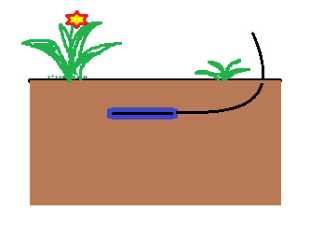
2. Measurement method on the wall
First, evenly apply vaseline on the surface of the heat flow sensor, and then stick the heat flow sensor coated with vaseline on the wall surface so that the wall and the heat flow sensor can be in close contact. After a few minutes, when the heat flow sensor adapts to the ambient temperature, measurement can begin.
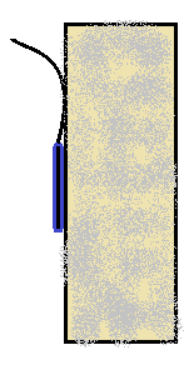
This paper addresses:https://fengtusz.com/Agriculture-Sensors/Soil-heat-flux-sensor.html
- Previous Article :no more
- Next Article:Soil water potential sensor
Related article
-
Predicting Flooding Trends with Water Early Warning Systems
2024-03-04 -
Two transmission methods for agrometeorological stations
2024-03-05 -
High Altitude Insect Detection Lamp, Environmental Protection Insect Killing Lamps
2024-03-29 -
FT-WY1 GNSS Monitoring Station: Millimeter-Level Displacement Monitoring Solution
2025-10-24 -
Leveraging Termite Monitor to Maximize Termite Control Efficiency
2025-01-23 -
Soil Moisture and Temperature Detection: The Superiority of Rapid Methods and FT - WS1
2025-03-13 -
What types of Water quality sensor sensors are there, and in what fields are they applied?
2025-11-18 -
Recommend a manufacturer of Farmland Weather Stations
2024-09-06


 Get a Free Quote
Get a Free Quote